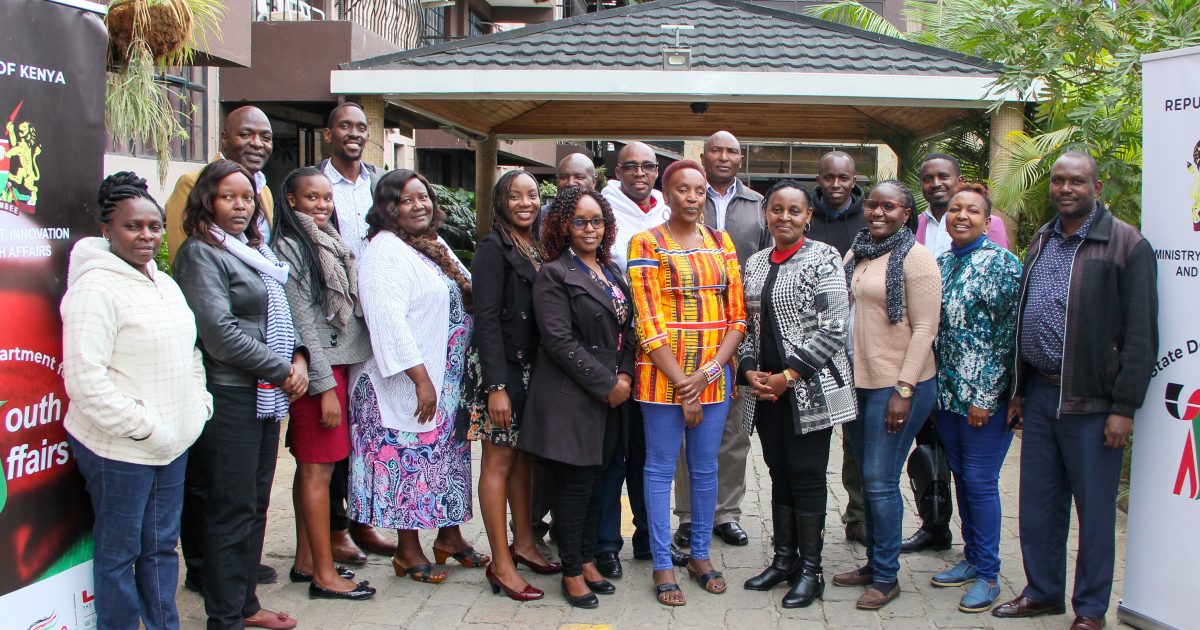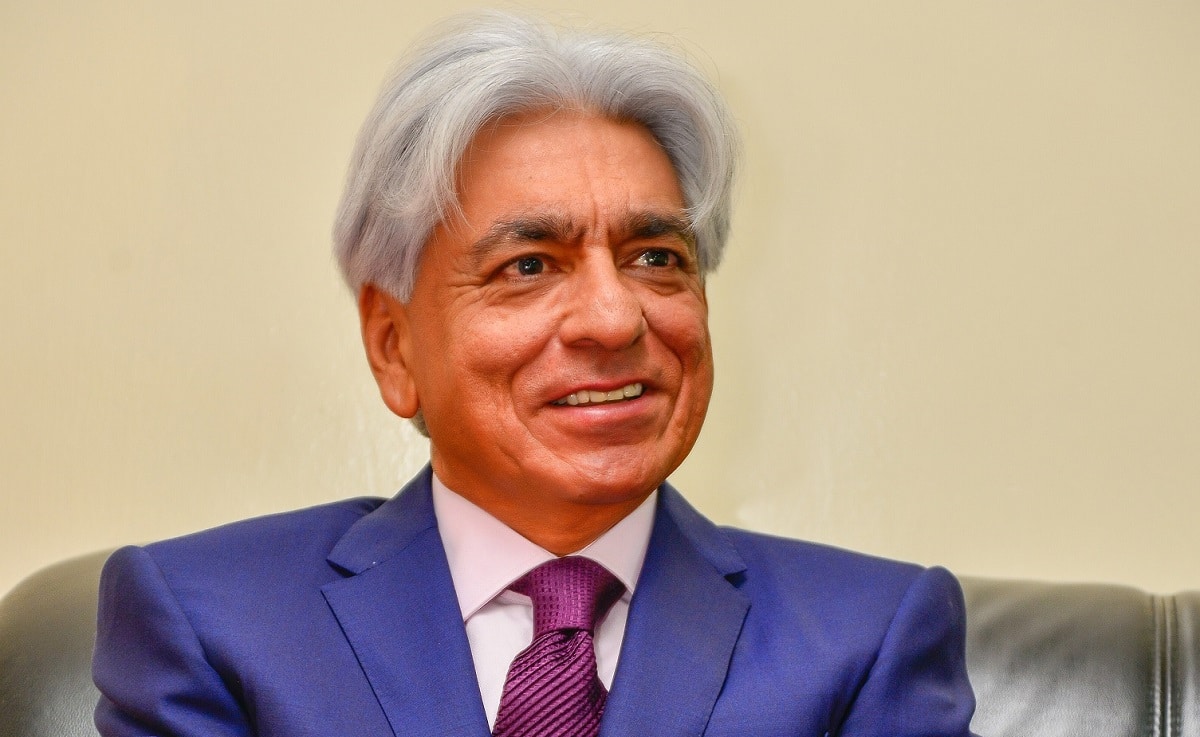The government is developing the Kenya Youth Development Index (KYDI), a tool to monitor and assess the extent to which youth contribute to development activities and economic growth.
Read >> Safaricom Unleashes Auctioneer On M-Pesa Loan Defaulters
The youth index will measure the performance of youth empowerment programmes and the status of youth compared with development initiatives implemented by government and other stakeholders.
“The youth development index will collect and analyze critical data on young people to guide the country’s youth development policies and projects,” according to Youth Affairs Principal Secretary Charles Sunkuli.
“By measuring their contributions and needs with hard data, we can incrementally enhance the positive impact and benefits that youth can contribute to building a better future for us all.”
In a speech read on his behalf by the State Department’s Secretary of Administration Mr Wycliffe Ogallo, the PS stated that the youth index would adhere to the global measure of young people’s progress in five areas: participation in peace processes and education, employment, inclusion, and health care.
It will allow users to gain a better understanding of youth development in a single snapshot, making it a tool and resource designed to assist policymakers.
Mr Sunkuli stated the exercise was crucial because youth make up a sizable proportion of the Kenyan population. The country’s youth population is currently 14 million, accounting for 75% of the total population.
“KYDI will also be used to help the government and other policymakers decide how to allocate scarce resources among competing youth and other objectives,” said Mr Sunkuli
The Kenya Youth Development Policy 2019, states unequivocally that evidence-based programming must take centre stage for Kenya to make meaningful inroads into youth development.
The PS also noted that in terms of youth development, focus is currently on areas such as education, culture, health, work, poverty, citizenship, and identity, because youth have emerged as a population group that is particularly socio-economically vulnerable.
Next >> A Walk Through Kenya University Land That Cost VC His Job













Leave a comment